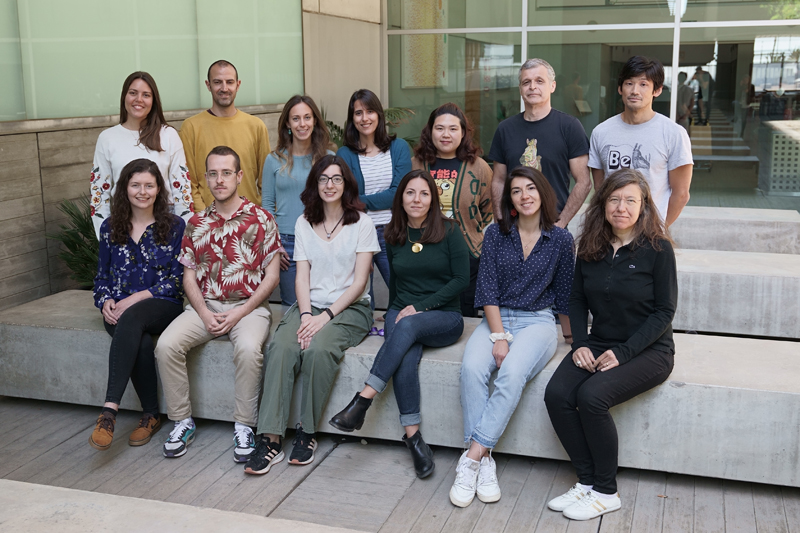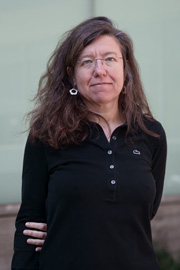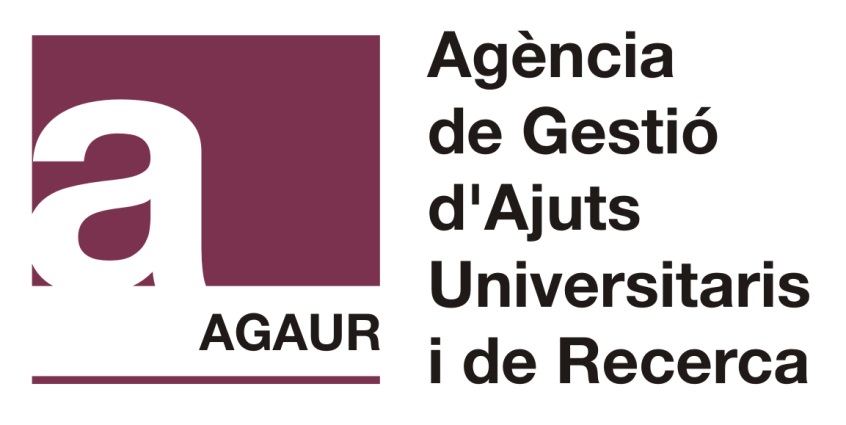 Cosma Lab
Cosma Lab
 Systems and Synthetic Biology
Systems and Synthetic Biology
- Group page
- Research lines
- Group members
- Publications
1994-1995 CNR Postgraduate Fellow, “Federico II” University of Naples
1995-1999 PhD student in Cellular and Molecular Genetics, “Federico II” University of Naples
2000 PhD in Cellular and Molecular Genetics, “Federico II” University of Naples
1997-2000 Marie Curie Fellow, Institute of Molecular Pathology (IMP), Vienna, Austria
2000-2003 Research Associate, Telethon Institute of Genetics and Medicine (TIGEM), Naples
2003-2010 Group Leader (Associate Investigator), TIGEM
2003 EMBO Young Investigator (YIP)
2004-2010 Lecturer, European School of Molecular Medicine (SEMM), Naples
2005 Marie Curie Excellence Award
2009 Associate Investigator, Institute of Genetics and Biophysics (IGB), CNR, Naples
2010 ICREA Research Professor and Senior Group Leader, Centre for Genomic Regulation (CRG), Barcelona, Spain
2010 EMBO Member
2023 Co-coordinator, Systems and Synthetic Biology Programme, Centre for Genomic Regulation (CRG), Barcelona, Spain
2024 Coordinator, Systems and Synthetic Biology Programme, Centre for Genomic Regulation (CRG), Barcelona, Spain
Group News
AI Spots Cancer and Viral Infections at Nanoscale Precision (27/08/2024)
Researchers have developed an artificial intelligence which can differentiate cancer cells from normal cells, as well as detect the very early stages of viral infection inside cells.
How a conductor makes sense of chaos in early embryos (07/05/2024)
How cells make sense of the chaos at the very beginning of an embryo’s development is an open question. The protein NKX1-2 has a crucial role.
MiOS captures how genes fold and work at unprecedented resolution (13/10/2022)
Researchers can use the new technology to create and virtually navigate three-dimensional models of genes, visualizing not only their structures but providing details on how they move or how flexible they are.
Cell fusion ‘awakens’ regenerative potential of human retina (15/03/2022)
Fusing human retinal cells with adult stem cells could be a potential therapeutic strategy to treat retinal damage and visual impairment, according to the findings of a new study published in the journal eBioMedicine.
Human nucleus transcription activity captured at unprecedented nanometric resolution (21/12/2021)
Images taken via super-resolution microscopy reveal how the human nucleus organises transcription at much higher resolution than previously possible.
Untwisting DNA reveals new force that shapes genomes (22/07/2021)
Advances in microscopy have enabled researchers to picture loops of DNA strands for the first time. The images reveal how the human genome organises itself in three-dimensional space at much higher resolution than previously possible.
Resuscitating eyes to speed up clinical research for vision impairment (17/12/2020)
An international consortium of researchers is developing a new method to bring eyes back to life from deceased body donors for clinical research purposes.
Fundació La Marató funds three CRG and CNAG-CRG initiatives to tackle rare disease (10/12/2020)
Pia Cosma has received 200,000 euros to further her team’s efforts in finding new ways of treating retinal degeneration, an increasingly common affliction due to aging populations.
New method to boost supply of life-saving stem cells (08/12/2020)
Haematopoietic stem cell scarcity limits development of new treatments for blood cancers and disorders
Retinal transplant boost opens door to treat eyesight loss (01/12/2020)
Modifying stem cells bring us one step closer to treating eyesight loss in the future
CRG scientists will explore new treatments for Retinitis Pigmentosa and melanoma (25/07/2018)
La Caixa Banking Foundation announced today the 20 awarded projects in its 1st Health Research Call. The CRG will lead and host two of the twenty awarded projects out of the more than 780 projects that were submitted. CRG group leaders Maria Pia Cosma and Fátima Gebauer will receive funding to develop their projects, which will explore new treatments for retinal degeneration and melanoma metastasis and progression respectively.
Regenerating photoreceptors by reprogramming glial cells (20/07/2016)
Researchers at the Centre for Genomic Regulation demonstrate that retinal cells can be reprogrammed in vivo into retinal precursors that then differentiate into photoreceptors.
A step forward in neuronal regeneration (28/07/2015)
Researchers from the Centre for Genomic Regulation (CRG) have discovered a pathway that triggers the reprogramming and regeneration of retinal neurones.
Super-resolution microscope reveal the link between genome packaging and cell pluripotency (12/03/2015)
A multidisciplinary approach reveals that our genome is not regularly packaged and links these differences to stem cell state.
New protagonist in cell reprogramming discovered (04/09/2014)
A group of researchers from the Centre for Genomic Regulation have described the role of a protein that is crucial for cell reprogramming.
One step closer to cell reprogramming (06/05/2014)
CRG researchers discover the essential role played by the Wnt pathway in the cell reprogramming process.
A step forward in neuronal regeneration (11/07/2013)
CRG researchers have discovered a pathway that triggers the reprogramming and regeneration of retinal neurones.
Summary
Differentiation from zygotes has been considered as a unidirectional route in all cells of the body. Recently, however, it has become clear that the reverse path is also possible: the reprogramming of somatic nuclei, i.e. the de-differentiation of somatic cells into pluripotent stem-like cells. To date, reprogramming has been induced in vitro by transferring somatic nuclei into enucleated oocytes, by fusing embryonic stem cells (ESCs) with somatic cells, and by transferring specific factors into different types of somatic cell.
Whether reprogramming can occur in vivo in higher vertebrates and what the molecular mechanisms and genes driving reprogramming are remain to be defined. We have recently shown that activation of the Wnt/β-catenin signalling pathway enhances reprogramming of somatic cells after their fusion with ESCs. Remarkably, the activation of this signalling pathway also controls regeneration in response to damage in lower and higher vertebrates; furthermore, cell fusion is one possible mechanism of regeneration in vertebrates. Our main goal is to determine whether in mice activation of Wnt/β-catenin signalling controls tissue regeneration by enhancing cell-fusion-mediated reprogramming.
More info about Reprogramming and Regeneration group at: http://piacosmalab.com/
Other information about the group
Honours & Awards of the members of the group:
1) Wassim Altarche Xifró, PhD, Marie Curie Intra-European Fellowships
2) Lucia Marucci, PhD, EMBO Long-Term Fellowship
3) Frederic Lluis Viñas, PhD, Miguel Servet Contract
4) Daniela Sanges, PhD, Juan de la Cierva Contract
5) João Frade, PhD student, Fundação para a Ciência e a Tecnologia
6) Giacoma Simonte, PhD student, Boehringer-Ingelheim Fellowship
Funding Acknowledgements

Title: “Investigating mechanisms to regenerate the retina in mammals (REGERE)”
Total budget: 230,000 €
Period: 01/09/2021 to 31/08/2024
Ref.: PID2020-114080GB-I00_MPCosma
The project PID2020-114080GB-I00_MPCosma has been funded by the Spanish Ministry of Science and Innovation and the State Research Agency (PID2020-114080GB-I00_MPCosma / AEI / 10.13039/501100011033)

Title: ECaBox "Eyes in a Care Box: Regenerating human retina from resuscitated cadaveric eyes"
Period: 01/09/2021 to 31/08/2025
Ref.: Grant agreement No 964342
This project has received funding from the European Union’s Horizon 2020 research and innovation programme under grant agreement No 964342
- Identification of β-catenin targets and molecular pathways that control cell reprogramming, and analysis of their interactions via network-identification algorithms
- To determine whether Wnt/β-catenin-dependent reprogramming of fused cells is a mechanism of regeneration in higher vertebrates
- Decoding chromatin and DNA structure in cells undergoing reprogramming and differentiation, using super-resolution microscopy










